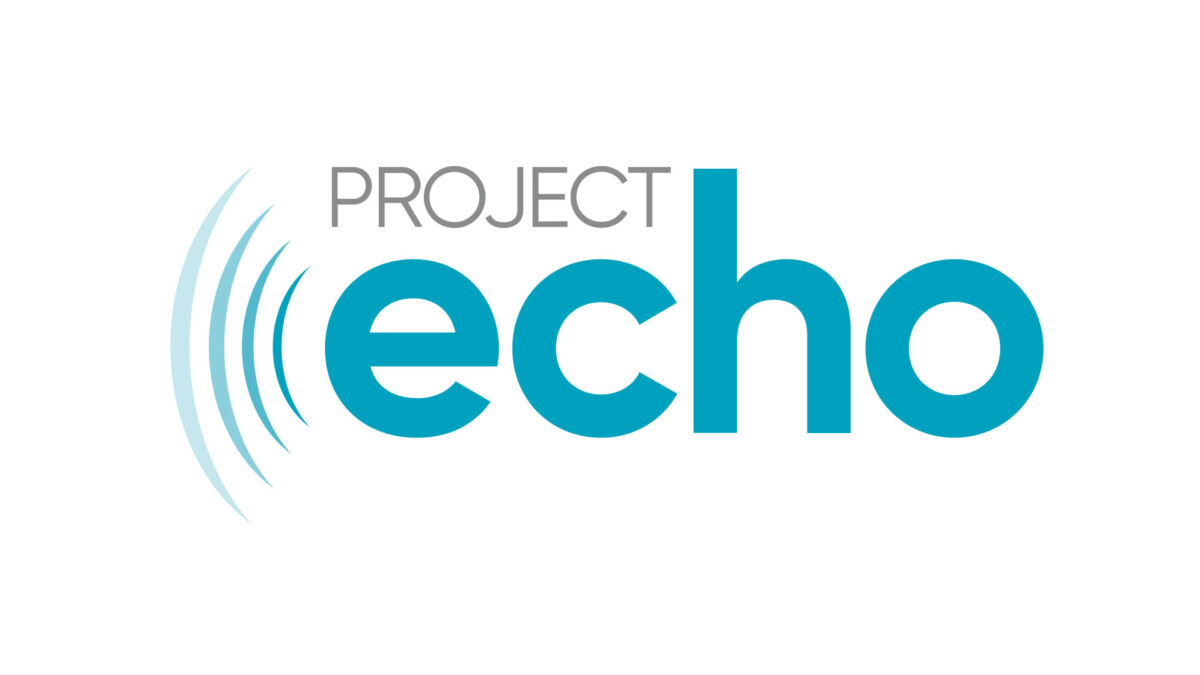Over the past several years we’ve witnessed the explosion of content marketing. As marketers start to understand the substantial impact of a well-crafted content marketing program, they’re discussing content earlier on in their communications planning. As a result, this provides more resources and greater expectations in terms of delivering ROI.
Is your content team or content program a side element of your company’s marketing efforts, or is its role rising in prominence? If not, what are ways a content program can grow, mature and raise its prominence within your marketing group and across the organization?
We have a few thoughts of our own—so many so that we broke this post into two parts! Here are our insights on raising the profile and status of your content marketing program. Stay tuned next week for part two.
Who’s Leading the Change?
Content marketing, done well, can be one of the most powerful ways to articulate your brand and its promise to consumers. It can and should be leveraged across your consumer touch points (both digital and non digital) and impact consumers at all stages of the funnel. With that impact, and given how many internal people/departments/customers it can touch, content marketing should have someone who has both the authority and responsibility of owning it, and can assure all content investments are leveraged in as many ways as possible.
How is it being defined within your organization? Is everyone on the same page?
There are a lot of videos/images/infographics etc. that are being labeled as content. Some people see a longer form, such as a TV spot or an infographic on Facebook, and label it content. Are these all forms of content, or are they just new formats of ads? And if you do several of these variations, is that considered content marketing?
All of these examples are technically content. But a comprehensive content strategy and marketing program can be more diverse and perform more of a strategic function. Consider this definition: Content marketing strategy is the planning and execution of: creation, distribution, activation and optimization of thoughtful and relevant content, in order to inspire positive engagement and action.
Content Marketing Programs Need Senior Level Involvement and Buy-In
As your content program continues to grow, it will have continued growth in its impact on your business. This comes about in terms of accomplishing both marketing communication and overall business goals. But, as noted above, in order for the program to grow it needs the appropriate resources.
You’ll need internal people and outside partners to produce the necessary quality and volume of content, manage platforms and measure engagement. Growth also requires a budget. In order to obtain said budget, the strategy needs buy-in. Plus, given the importance and impact of a content program, it most certainly needs awareness at the most senior levels of your organization.
Content Needs a Real Budget
One of the challenges with online content is the proliferation of mediocre quality. Everyone’s a writer, photographer, director and producer in today’s digital world. But quality content costs money. The short-term cost savings of cutting corners on content might be a short term win, but the potential long term impact on your brand could be far more expensive.
The second impact on budgets is the 24/7/365 news cycle. You need quality, but you also need a reasonable volume of content to stay relevant and fresh in the consumers’ mind. It’s not just about a consumer viewing a constant stream of social media tweets and posts—it’s about a consumer visiting your site and digesting fresh content. It shows your brand is alive and starts to provide consumers with good reason to return.
Make Your Content Marketing Program Stand on Its Own
You’ve committed to quality. You’ve mapped out a plan for deep and consistent publishing. As you launch your program, you know that content marketing works. As content marketing matures and requires a bigger budget and more personnel, it’s critical that the marketing plan is measured. An effective measurement plan will ensure it stays true to its objectives, justifies its investment, and lays the groundwork for improvement and growth in the future years.



